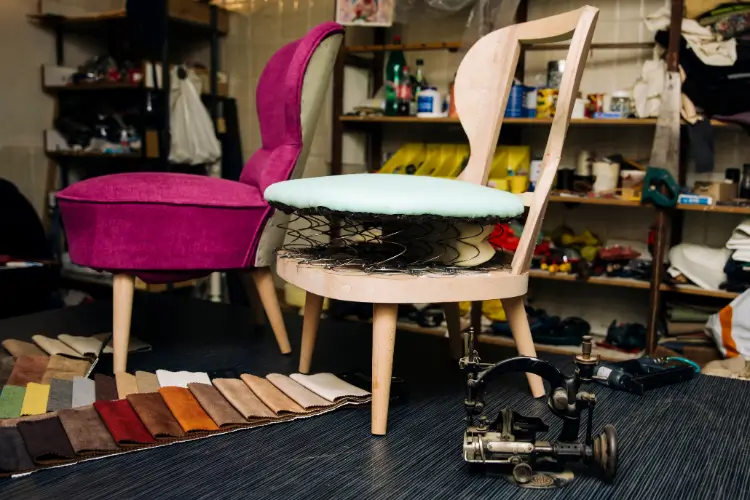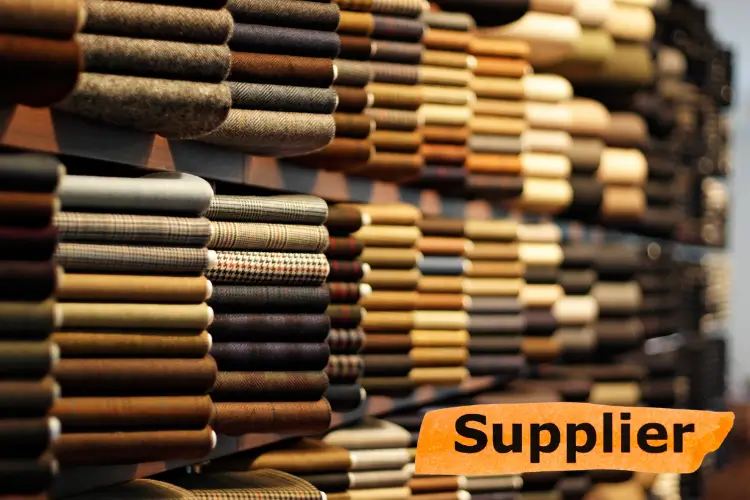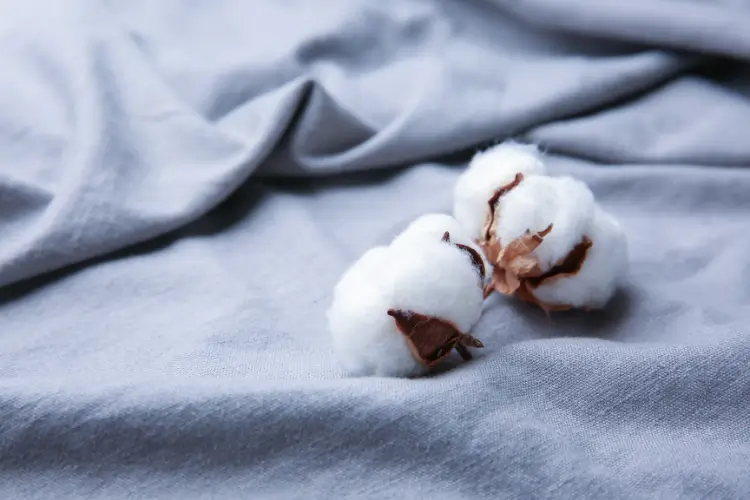Upholstered furniture costs thousands yet people seldom ponder care beyond vacuuming away crumbs. However, upholstery fabric faces immense abuse from daily use, spills, accidents, even environmental factors. As fibres deteriorate, so does comfort and appeal. Understanding proper repair saves money by extending a sofa or chair’s lifespan. This guide delves into fixing different types of upholstery damage plus ongoing maintenance for protection.
Fabric Types – Know What You’re Working With
Upholstery fabric falls into two main categories:
Natural Fibres
Like cotton, linen and wool offer superb comfort yet lack durability against abrasions and sunlight. Spills easily create stains without protective coatings.
Synthetic Fibres
Like microfibres and polyester blends withstand heavy usage despite feeling slightly rougher. Solution-dyed synthetics resist fading. Compare fabric grades as well – heavy duty outdoor wicker endures more than delicate decorative indoor options.
Everyday Wear and Tear
On upholstered furniture, scratches and worn areas stem from regular use as bodies constantly compress then release fibres. Areas receiving the most abrasion like seat cushions and armrests start pilling first. Pet nails and everyday debris like belts, watches and phones also damage fibres. Even moisture and body heat degrade fibres over time.
Damage Control – DIY Quick Fixes
Minor snags, pulls and surface abrasions often yield to simple at-home solutions. Keeping a few key supplies proves useful for addressing issues quickly before escalation.
Clear Nail Polish
Temporarily mends subtle broken threads and loose entry points for more snagging. Apply two thin layers once threads are aligned and let dry completely.
Fabric Glue
Binds together ragged edges on holes or tears under an inch long. Apply a very thin layer only on fraying at tear points rather than deep into the opening.
Advancing to Intermediate Repairs
Larger rips, missing segments and cushion slits usually require moving beyond basic adhesives into stitching and patch reinforcement. Arm yourself with upholstery thread, curved needles, scrap fabric and patch adhesive.
Careful Stitching
Pin fabric tears to realign edges as closely as possible. Use a curved upholstery needle and strong thread to stitch damage internally first. Then progress to external stitching for added strength.
Patch Reinforcement
Cut patch segments of inconspicuous solid upholstery fabric just larger than tears or holes. Fuse patches to backsides first using patch adhesive. Then stitch edges entirely using small uniform stitches.
Knowing Limitations for Professional Help
Though most damage appears reparable to avid DIYers, extensive shredding, complex tears or deteriorated fabric lacking integrity will not withstand repair attempts. Such upholstery requires full professional reupholstering or replacement. Seek quotes before discarding goods fully.
Ongoing Care
To maximize furniture lifespan between repairs, implement diligent care habits.
Regular Vacuuming
Vacuum upholstery weekly using proper thin brush nozzles and suction level to lift debris without pulling threads.
Professional Cleaning
Deep clean upholstery annually according to fabric coding on manufacturer’s tags. Never over-wet.
Cushion Management
Rotate cushions and pillows to evenly distribute compression. Occasionally refluff flattened areas by working hands deeply into cushion cores to loosen and separate interior padding.
Preventing Future Damage Through Planning
While accidents happen, smart fabric selection reduces damage risks substantially.
Durable Fabric Selection
Opt for synthetic microfibres or textured polyester blends in high traffic areas for durability. Save delicate decorator fabrics for formal living rooms or studies.
Protective Treatments
Treat new upholstery with protective formulas like Scotchgard to resist early stains. Reapply every two years.
Furniture Armoring
Use throws, cushions and slipcovers in zones around pets or young children.
With some handy tools, DIY knowledge and consistent care habits, cherished upholstered furniture can deliver enduring comfort and retain appeal through years of steady use – saving the headaches and expenses of replacement too soon.
When To Call In The Pros
Even with proper preventative care and periodic DIY repairs, all upholstery eventually reaches an age where the accrued damage surpasses what everyday fixes can manage. Below are key indicators your furniture requires professional assessment and repairs.
Deeply Set Stains
Years of spills and pet accidents often penetrate past surface fabric into inner cushioning foam and batting layers.
Lack of Structural Integrity
When fibres have worn through in widespread areas or large tears release stuffing, upholstery lacks the durability to withstand additional handling or repairs.
Limitations of Reupholstering
If stains and sagging cushions stem from compressed, deteriorated foam and aged framing, simply rewrapping the furniture leads to disappointments as problems resurface shortly after.
Desire for Significant Alterations
Beyond repairs, homeowners often desire style changes during reupholstering – updated fabric patterns and colours, added cushioning, layout revisions.
Knowing when to graduate damages from home remedies to comprehensive professional care ensures your upholstered furnishings continue providing cosy joy for years rather than only months – saving you money and headaches in the long run.




